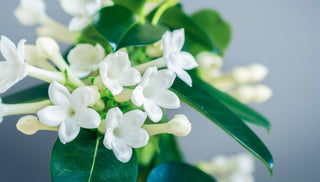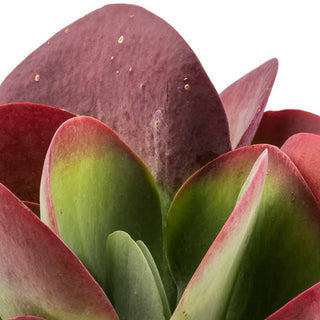☘ Origin: Tropical Regions, the Western Pacific Islands, Florida Coast or Caribbean Islands
☘ Family: Arecaceae
☘ Botanical Name: Cocos nucifera
☘ Common Name: Coconut Tree
Symbolism: A representation of relaxation and a symbol of good health owing to this, the coconut tree has been recognized to stand as a representation of relaxation.
🍃 Shop Your Coconut Palm Today!
🔆 Light
Place the Coconut palm in the brightest location as possible with indirect sunlight. A few hours of off-peak sunlight will be highly beneficial for the plant, as it'll significantly reduce the risk of over-watering and root rot. Coconut Palms naturally occur in sun-filled locations, so within a meter of a south-facing window is perfect for quality growth. These species are totally intolerant to low light conditions.
During the fall and winter months, consider placing your palm under a grow light to help make up for the loss of sunlight.
Give your plant a turn every few days to expose all sides to light for even growth from all sides.
💧 Water
Like many plants that love warmth and humidity, the Coconut palm is a thirsty tree. Keep the soil consistently moist but not soggy by saturating it with warm water once or twice a week. Make sure the container does not become waterlogged, as this can result in root rot.
To give your plant the absolute best, room-temperature rainwater and bottled spring water are your best options. Any water containing sugar or salt will hurt your plant!
☁️ Humidity
High humidity is an important factor, too. Maintain a moist environment for your palm with the addition of an in-room humidifier, as well as frequent spritzing of the plant with warm water. You also can keep the container on a tray of pebbles and water to raise the humidity around the plant. Just make sure the bottom of the container isn't touching the water.
🌡️ Temperature
Coconut palms prefer temperatures that are at least (21°C). They grow best in temperatures between (29-35°C) and they might fail to thrive if the temperature dips below (18°C).
🧴️ Food
Feed your palm year-round with a liquid fertilizer. Coconut palms are known to have several nutrient deficiencies, including a lack of phosphorus, nitrogen, manganese, and boron. So seek out a fertilizer blend specifically made for palm trees to supplement these losses, and follow label instructions for the amount and frequency of fertilization.
🐾 Toxicity
Non-toxic to humans and pets.
➕ Additional Tips
These palms thrive in warm, humid environments around the world. Thus, it's important to give your palm as much bright indirect light and warmth as possible when growing it indoors, along with ample humidity and moist but not soggy soil. Coconut palms also need regular fertilization.



